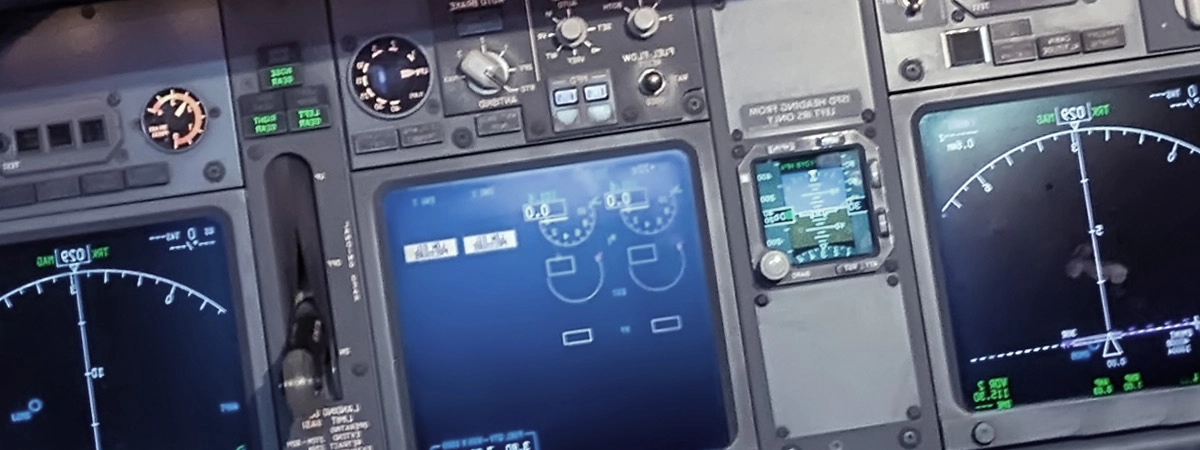ITU-R M.1371 AIS Message Protocol Compliance Testing
The International Telecommunication Union (ITU) Recommendation ITU-R M.1371 defines the message protocol for Automatic Identification System (AIS) communication systems used in maritime navigation and safety of life at sea. This protocol is essential for ships to exchange critical information such as position, course, speed, and identification data with other vessels, shore stations, and satellites.
Compliance testing according to ITU-R M.1371 ensures that AIS systems function reliably under various environmental conditions and meet the stringent requirements set by international maritime organizations like the International Maritime Organization (IMO). This testing is critical for maintaining safety standards in global shipping practices.
The protocol specifies detailed procedures for transmitting, receiving, and interpreting AIS messages. These include the format of message frames, timing, synchronization, error detection, and correction mechanisms. The testing process involves simulating real-world scenarios to ensure that the system adheres to these specifications accurately.
Our laboratory uses state-of-the-art test equipment and software tools to perform comprehensive ITU-R M.1371 compliance tests. Our team of experts ensures that every aspect of the protocol is thoroughly evaluated, providing clients with reliable test results and validation reports.
The testing process typically involves setting up a controlled environment where AIS systems can be subjected to various stress tests. This includes evaluating performance under different signal strengths, interference levels, and environmental conditions such as humidity and temperature fluctuations.
Our laboratory also offers additional services that complement ITU-R M.1371 compliance testing. These include:
- Performance optimization recommendations
- System integration support
- Custom test protocol development
- Training and certification programs for personnel involved in AIS system deployment
Why It Matters
The ITU-R M.1371 standard is vital for ensuring the safe operation of maritime vessels by facilitating effective communication between ships and shore-based facilities. Non-compliance can lead to critical failures in safety protocols, compromising both vessel operations and crew safety.
Compliance testing not only guarantees that AIS systems meet international standards but also enhances their reliability and performance under diverse operating conditions. This is particularly important given the increasing complexity of maritime traffic and the need for enhanced situational awareness on the high seas.
The test results from our laboratory are widely recognized by regulatory bodies, ensuring that your products or services comply with global safety standards. This can significantly reduce potential risks associated with non-compliance and help you maintain a competitive edge in the maritime industry.
Benefits
Comprehensive ITU-R M.1371 compliance testing offers numerous benefits, including:
- Enhanced reliability and performance of AIS systems
- Increased confidence in the safety and efficiency of maritime operations
- Reduced risk of non-compliance penalties from regulatory bodies
- Improved brand reputation through adherence to international standards
- Access to global markets for your products or services
- Cost savings on potential rework and recall of non-compliant units
Industry Applications
| Application | Description |
|---|---|
| MARISAT | The MARISAT system, which operates in the L-band (1.5 GHz), allows for two-way communication between ships and shore-based facilities. |
| INMARSAT | INMARSAT provides satellite communications services to maritime users worldwide, including AIS data transmission. |
| EPIRBs (Emergency Position Indicating Radio Beacons) | EPIRBs use AIS technology to transmit distress signals and provide location information in emergency situations. |
| satellite-based AIS services | Satellite-based AIS systems, such as those provided by Inmarsat and Globalstar, enhance coverage for maritime vessels beyond line-of-sight. |





